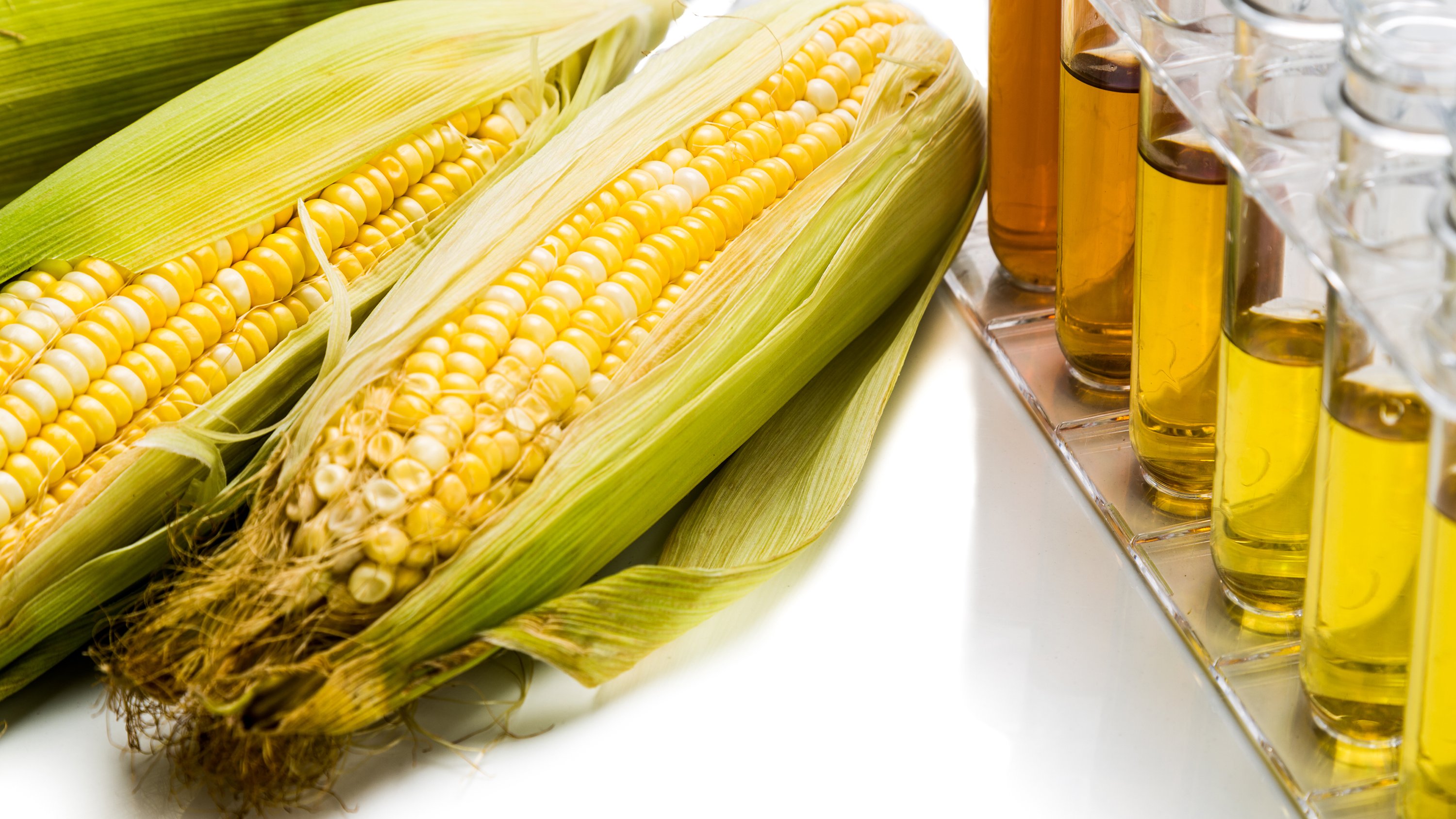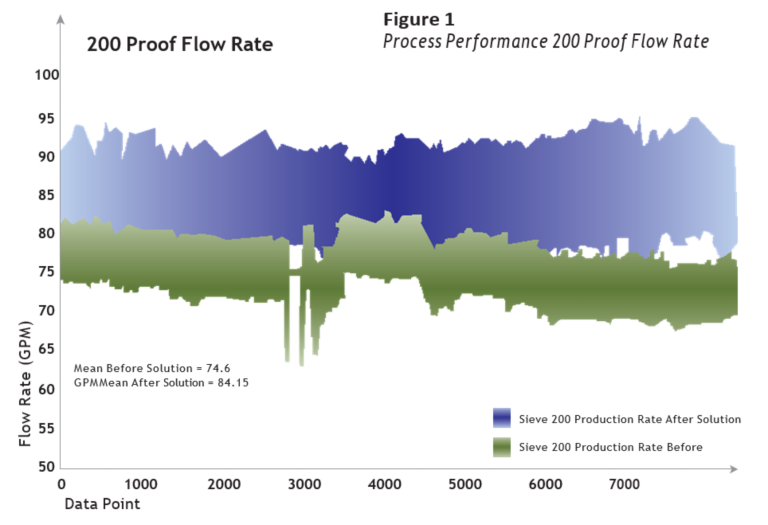The United States continues to see sustained demand for fuel ethanol as more cities and states adopt policies encouraging or requiring the use of ethanol in gasoline. Dry-grind ethanol production also produces what’s known as distillers dried grains with solubles (DDGS) and wet distillers grains with solubles (WDGS), both of which are in demand as livestock feed.
Thus, what began as a committee of farmers and businesspeople interested in building a value-added ethanol production facility quickly resulted in a full-scale ethanol plant.
The plant is capable of grinding 13 million bushels of corn, producing 35 million gallons of ethanol, and generating more than 170,000 tons of wet and distillers dried grain per year.
The growing markets for ethanol, DDGS and WDGS mean ethanol manufacturers face great pressure to maximize production while controlling costs. The smallest variables in the complex production process can impact yield, time to market, operating costs and profit margin.
As a result, ethanol producers must constantly balance market dynamics with operational efficiencies.
Increasing Capacity
Soon after the plant began operations, the manufacturer began looking for ways to maximize production capacity and efficiency at its dry mill. The team wanted to increase dryer capacity, decrease energy costs, increase DDGS moisture and yield and increase ethanol production through more stable beer column operation.
The beer column is the process where alcohol, water and remaining nonfermentable solids called beer enter the distillation columns used to separate the alcohol from the solids and water mixture. This complex, closed-loop process requires continuous monitoring and control for optimal performance and yield.



